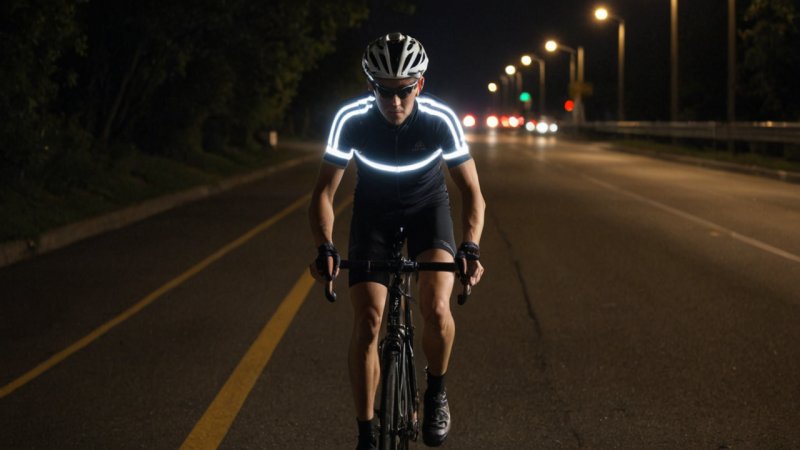Introduction
Cycling at night can be exhilarating, but it also poses unique safety challenges. One of the most effective ways to enhance your visibility and safety while cycling after dark is by using reflective gear. This article addresses frequently asked questions about the benefits and importance of reflective gear for night cycling.
What is reflective gear?
Reflective gear refers to clothing and accessories designed with materials that reflect light. This gear can include vests, jackets, backpacks, and even helmets that have reflective elements, making cyclists more visible to motorists and other road users in low-light conditions.
Why is reflective gear important for night cycling?
Reflective gear is crucial for night cycling because it significantly increases the cyclist's visibility. In low-light environments, drivers may have a hard time seeing cyclists. Reflective materials catch the light from vehicle headlights, allowing the cyclist to stand out against the darkness, thereby reducing the risk of accidents.
How does reflective gear enhance safety?
Reflective gear enhances safety in several ways:
- Increased visibility: The reflective elements make cyclists easily seen from a distance.
- Awareness: Reflective gear helps in creating awareness among other road users, prompting them to be cautious.
- Distraction reduction: By being clearly visible, cyclists can minimize the chances of being overlooked by distracted drivers.
What types of reflective gear are best for cyclists?
There are various types of reflective gear that cyclists can use, including:
- Reflective vests: Lightweight and easy to wear over regular clothing.
- Reflective jackets: Ideal for colder weather, these jackets provide visibility and warmth.
- Reflective accessories: Items like armbands, leg straps, and backpacks can enhance visibility without needing to wear additional clothing.
Can I use regular clothing for night cycling?
While you can use regular clothing, it is not as effective as wearing dedicated reflective gear. Normal clothes do not provide the same level of visibility, especially in the dark. However, if you must ride in regular attire, consider adding reflective accessories to your outfit to improve safety.
How should I care for my reflective gear?
To maintain the effectiveness of your reflective gear, follow these care tips:
- Washing: Hand wash or machine wash on a gentle cycle as per the instructions. Avoid using bleach.
- Drying: Air dry whenever possible to preserve the integrity of the reflective material.
- Storage: Store in a cool, dry place away from direct sunlight to prevent fading.
Are there any limitations to reflective gear?
While reflective gear significantly improves visibility, it is not foolproof. Here are some limitations:
- Weather conditions: Heavy rain or fog can reduce visibility, even with reflective gear.
- Dependence on light: Reflective gear relies on external light sources, like vehicle headlights, to be effective.
- Limited coverage: If only a small portion of your gear is reflective, it may not provide adequate visibility.
What additional safety measures should I take while cycling at night?
In addition to wearing reflective gear, consider these safety measures:
- Use lights: Equip your bicycle with front and rear lights to enhance visibility.
- Wear a helmet: Always wear a helmet for added safety.
- Choose safe routes: Opt for well-lit roads and dedicated bike paths whenever possible.
Conclusion
Using reflective gear while cycling at night is essential for ensuring your safety and visibility on the road. By understanding the benefits, types, and maintenance of reflective gear, as well as incorporating additional safety measures, cyclists can enjoy their nighttime rides with greater confidence. Remember, staying safe is as important as having fun on your bike!






